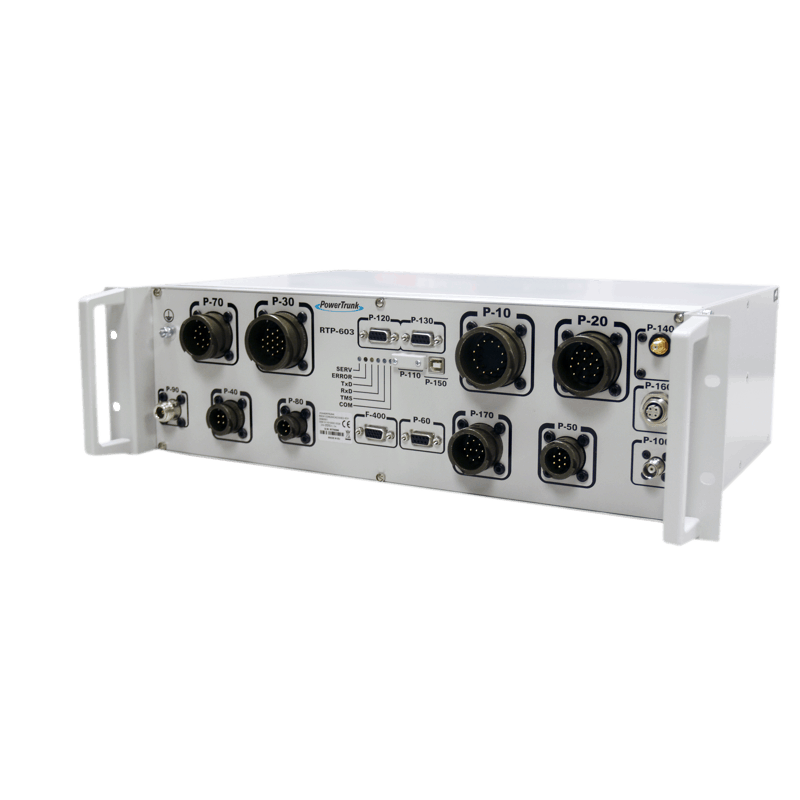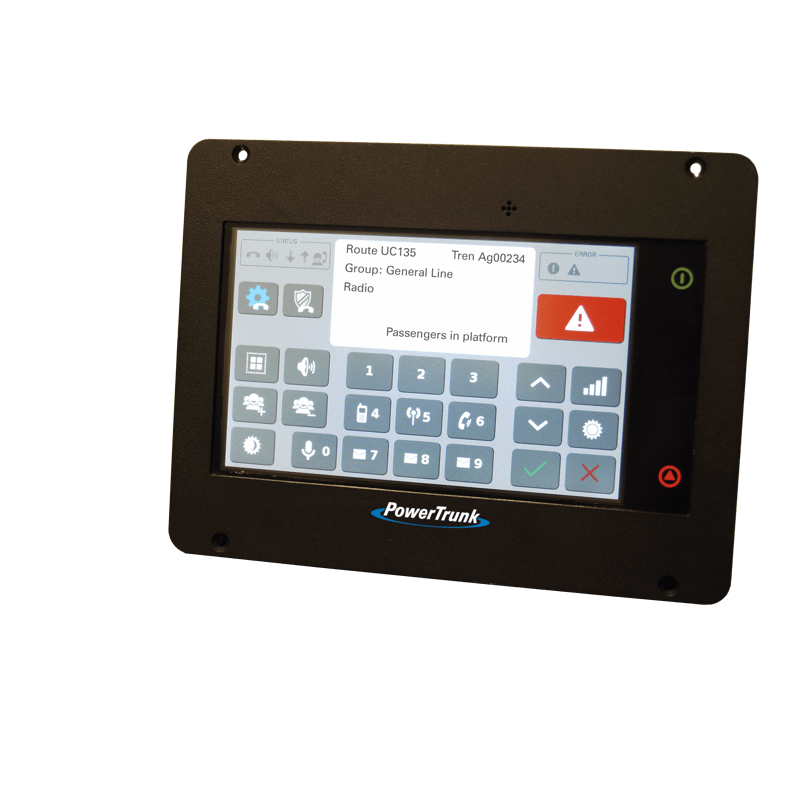Solution
In 2013, TTC partnered with Sepura to implement their new TETRA infrastructure providing voice and data services both underground for the metro and above ground for TTC’s bus and tram networks, as well as the Wheel-Trans accessible transit service. The project is now managed by PowerTrunk and has evolved significantly as the the Radio Replacement Project was phase 1 of a multi-year project with several phases and contracts.
Phase 1 was for the TETRA infrastructure and includes a redundant core TETRA network with 36 base stations, 10 of which are installed for outdoor coverage across the Greater Toronto Area, and 26 installed underground for subway communications
.This included gateways to the control rooms, telephone system, and legacy radio networks (conventional and MPT1327) for a seamless transition.
Phase 2 included integration to TTC’s Integrated Communications System (ICS). The ICS handles all telephone, radio, public address, and paging communications for subway/SRT and surface operations. TTC integrated all voice and data features of the new TETRA network into the ICS.
Next, TTC issued a new RFP for subscriber radios and awarded the contract to PowerTrunk, who supplied 1000 hand-portable and 600 mobile radios – specially configured for bus and tramway systems – to boost communications across the network.
Phase 4 includes the deployment of the radios in the TTC subway fleet, including their Toronto Rocket (TR), T1 subway, and SRT trains and work cars.
Concurrently, TTC expanded the TETRA network by adding a number of base stations and additional carriers to support their newly awarded Computer-Aided Dispatch (CAD) and Automatic Vehicle Location (AVL) project. This included a further 2,400 mobile TETRA radios which will allow operators to track vehicles in real time and facilitate remote communication tasks. A further 2,000 Sepura hand-portable STP9000 radios will expand communication with metro staff and eventually replace some analog data communications systems.




